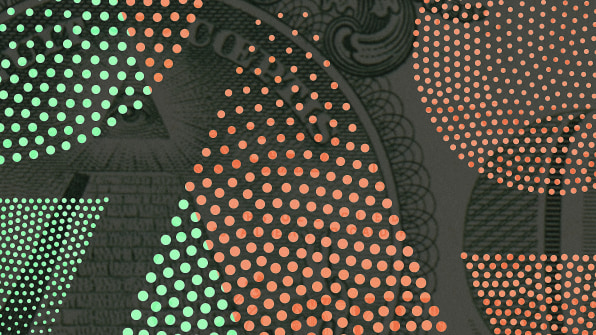How Much Can You Donate to Presidential Campaign
In mid-September, the Center for Responsive Politics reported that the 2016 presidential race has generated at least $1.6 billion in public donations and super PAC support. That includes a huge cash infusion from Facebook cofounder Dustin Moskovitz, who gave $20 million to help Hilary Clinton defeat Donald Trump, which he considers to be a largely charitable act. For philanthropies entering end-of-year donation drives that should signal a pretty important question: Is there anything left for traditional causes?
The counterintuitive answer is yes. If this current election cycle mimics what happened in 2012, those cause groups who stump correctly may gain more from their donors–and bring in new ones. The key is to target those who already have their wallet out: political donors.
According to a report entitled "Giving in an Election Year: How Political Giving Impacts Nonprofit Support" annual giving to nonpolitical groups during the same year that Obama faced off against Romney jumped nearly 2% over the prior year. That may not seem like a lot, but gift amounts increased among households that contributed to federal campaigns, while they decreased among those not feeding into candidate coffers. Translation: The same people fueling campaign ads you may hate may be crucial to saving societal things you value. Once every four years, at least.

The study was conducted by Blackbaud, which makes software for nonprofits, and surveyed 143 different groups across the industry. Their theory is that presidential campaigns are good tools to single out so-called extraordinary charitable givers." People give to candidates not because they have a burning love for politics itself; it's a yardstick for their sense of civic responsibility, which leads them to open their wallets for other things once a campaign has primed them.
Among all age brackets, those people who gave politically maintained if not exceeded what they'd given to charity the previous years. The highest spikes came among those in their late 20s to early 30s—folks probably entering their first real period of greater financial stability, who gave 11% more than their 2011 average. As the race heated up, it appears they couldn't help but hedge their bets and spend broadly. Charities traditionally view older folks as their staple bread givers "But we may have discovered in this study that high-profile campaign years are ideal target times for nonprofits to acquire young donors," the report notes.
Lower-income households were also compelled to give more to others. It's impossible to tell if these people were Democrats or Republicans, but the answer is likely bi-partisan: Young and lower-income voters split their ballots relatively evenly between candidates four years ago, based on election stats compiled by Cornell University's Roper Center. Charities seeking a windfall from these groups should take a reality check: If they're giving proportional to their wealth, it may take quite a few donations to fill the piggybank.
Not all causes may necessarily see the same bounce. In general, the largest infusion of charitable cash available in America still comes from individuals, who create 71% of the total pot for philanthropic funding, according to a National Philanthropic Trust report. As NPT calculations show, the average household gives about $3,000 annually, generally to buckets with seemingly broad descriptors like religion, education, and human services, in that order. Much of that probably stays local (think: church, school programs, local soup kitchen). For groups chasing big-fish, your average high net worth individuals act a little differently, putting education, basic needs, and the arts all above religion.
Because Blackbaud's only looked at what national organizations receive, some of that local cash falls out. The result, in 2012, was that givers experiencing the election effect gave, not surprisingly, to groups whose missions echoed campaign touchstones—places benefiting the public and society, the environment, and arts and culture all gained extra traction. (The funding jump for groups associated with "human services" was large but may have been linked to Hurricane Sandy.)
Whatever happens, in the US economy–an important indicator of the public's willingness to spend on anything–is way up compared to the last countdown to Election Day. The expression is that people vote with their wallets. For groups with causes seemingly more likable than Trump or Clinton, it may be worth campaigning just as hard right now.
Have something to say about this article? You can email us and let us know. If it's interesting and thoughtful, we may publish your response.
How Much Can You Donate to Presidential Campaign
Source: https://www.fastcompany.com/3064013/once-people-donate-to-a-political-campaign-they-donations-keep-flowin